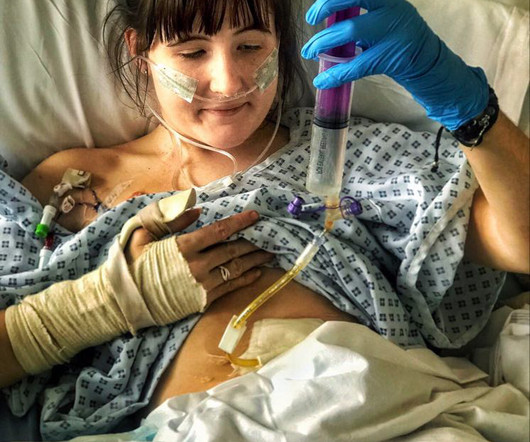BBHR: Expanded Access to Improved Transition Planning Tools
Connect Care Bytes Blog
NOVEMBER 5, 2024
Expanded Access to Improved Transition Planning Tools Connect Care provides a set of integrated supports that can help clinicians anticipate and plan for a patient's discharge from hospital. A SHS column can be added to Rapid Rounds (and other) patient lists. All have been enhanced in response to user feedback.











Let's personalize your content